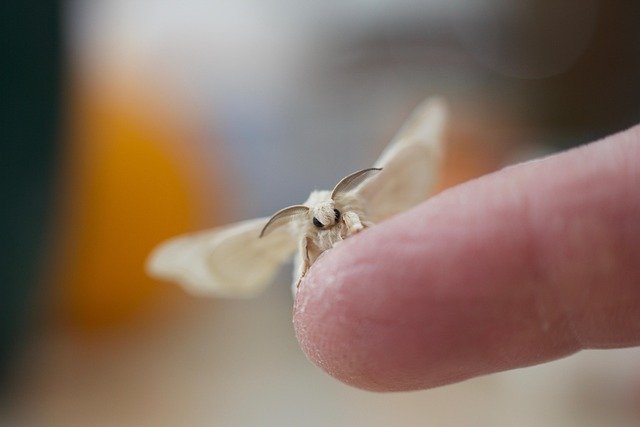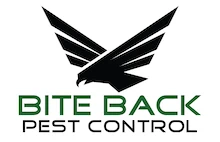Pest Control for Businesses and Homes

Moth Control & Identification Guide
Moths are a common pest across UK homes and businesses, often going unnoticed until damage has already been done. From damaging textiles and food to creating long-term infestations, different moth species require different approaches.
Bite Back Pest Control is here to help identify and eliminate any moth problem you’re facing. Learn more about the common species below:
Common Clothes Moth (Tineola bisselliella)
Appearance:
Adult: 6–8 mm long, straw-coloured wings with no markings.
Wings have strongly fringed trailing edges.
Larvae: Up to 10 mm, creamy white with a brown head.
Behaviour & Lifecycle:
Runs rather than flies and avoids light.
Adults do not feed.
Lifecycle from egg to adult averages 6 weeks, but may extend up to 18 months in poor conditions.
Risk:
Larvae feed on natural fibres like wool, cashmere, and silk—damaging clothes, carpets, and upholstery.
Casemaking Clothes Moth (Tinea pellionella)
Appearance:
Smaller than the common clothes moth.
Brownish wings with faint dark spots.
Larvae carry a portable, open-ended silken case that mimics the colour of the fabric they've fed on.
Behaviour:
Pupae often found hanging vertically from ceilings or shelves.
Less economically damaging than webbing clothes moths.
Brown House Moth (Hofmannophila pseudospretella)
Appearance:
Adults: 8–14 mm long, wingspan 15–26 mm.
Bronze-brown with dark flecks.
Larvae: ~6 mm, off-white with a brown head.
Lifecycle:
Up to 600 eggs per female.
Development requires high humidity (>80%).
Larvae feed for 70–150 days.
Risk:
Feeds on dried foods, cereals, flour, pet foods, and textiles.
More destructive than clothes moths, especially to wool, upholstery, and carpets.
Larval faeces are larger and more visible than other moths.
White-Shouldered House Moth (Endrosis sarcitrella)
Appearance:
Similar to brown house moths but with distinctive white shoulders.
Wings are patterned and slightly translucent.
Behaviour:
Attracted to light.
Breeds year-round in homes, outbuildings, and food factories.
Omnivorous—feeds on grains, flour, wool, and stored products.
Risk:
Threat to both stored food and natural fabrics.
Bird nests nearby can attract infestations.
Indian Meal Moth (Plodia interpunctella) – "Pantry Moth"
Appearance:
Wingspan ~5/8 inch.
Forewings: Pale gray with reddish-brown or coppery tips.
Larvae: Dirty white with a brown head; may appear pink, yellow, or green.
Behaviour:
Notable for zigzag flight patterns indoors.
Larvae contaminate food with silk threads, creating webbing in stored products.
Risk:
Highly destructive to pantry items: cereal, grains, pet food, bird seed, dried fruits, nuts, and more.
Act Fast – Eliminate Moths from Your Home or Business
Whether you're dealing with textile damage or food contamination, Bite Back Pest Control is here to help with expert identification, effective treatments, and long-term prevention strategies.
Contact us today for fast, discreet, and affordable moth control services:
Data Privacy Policy
Your data privacy policy goes here.....
Rodent Control picture: Scary Rat Stock photos by Vecteezy
